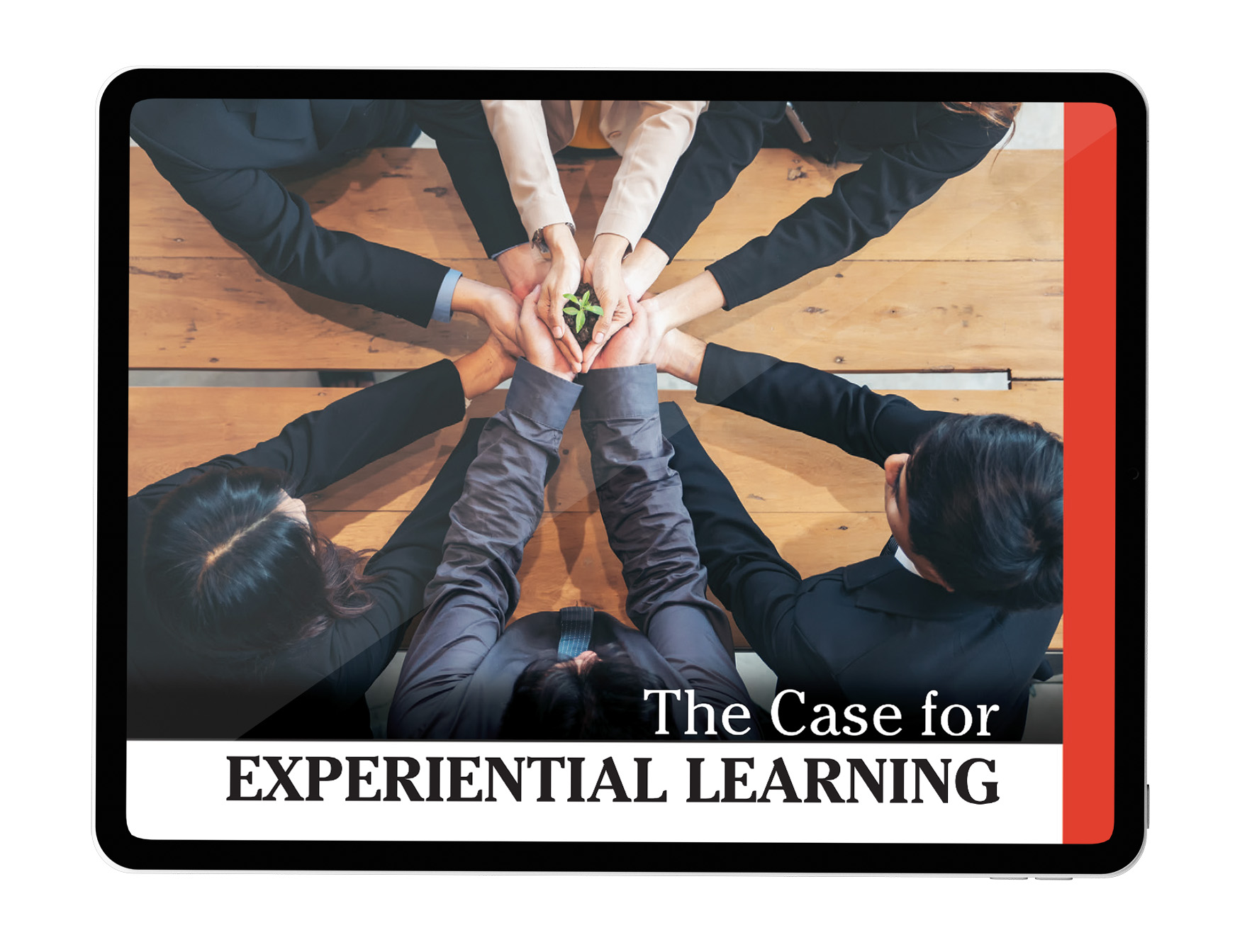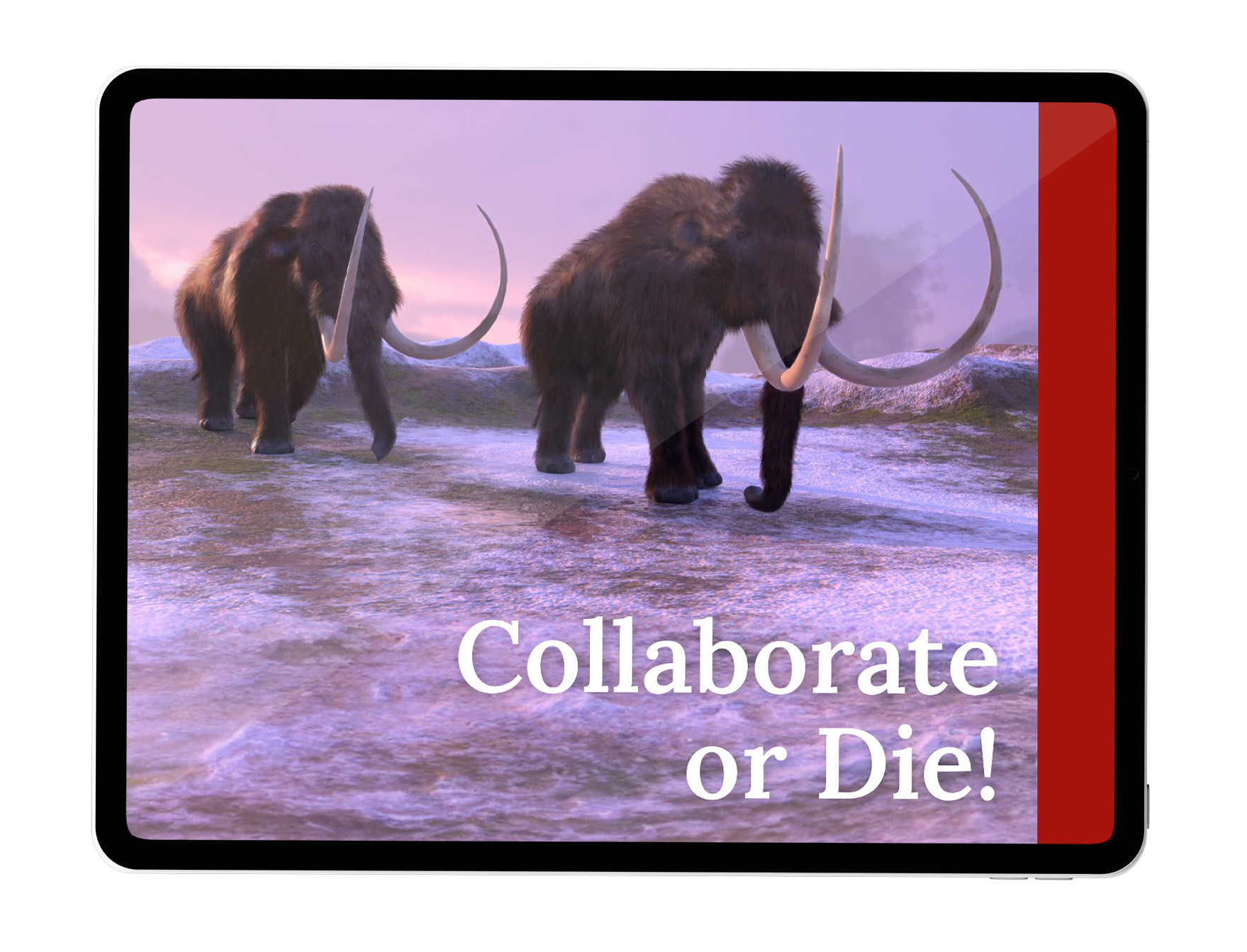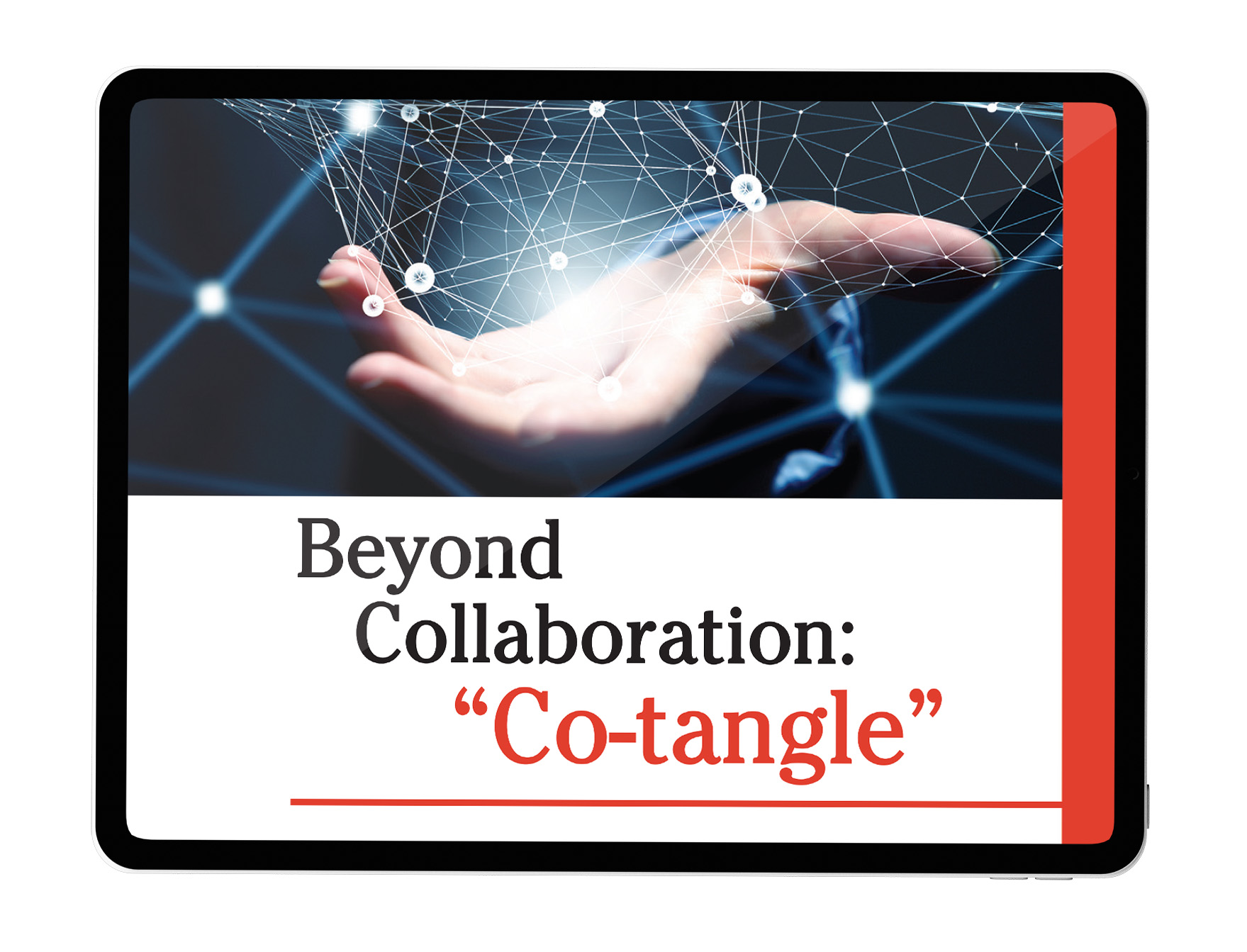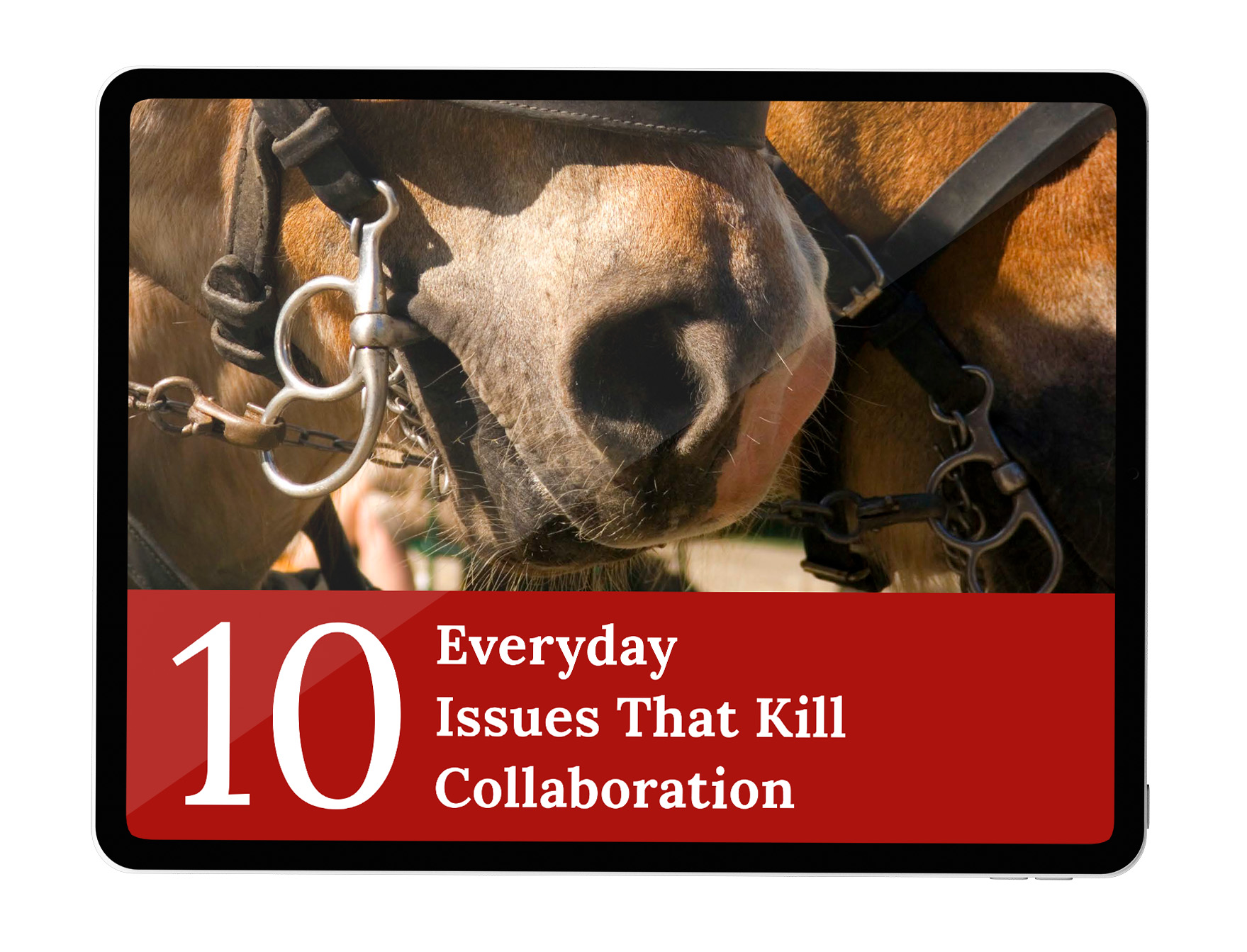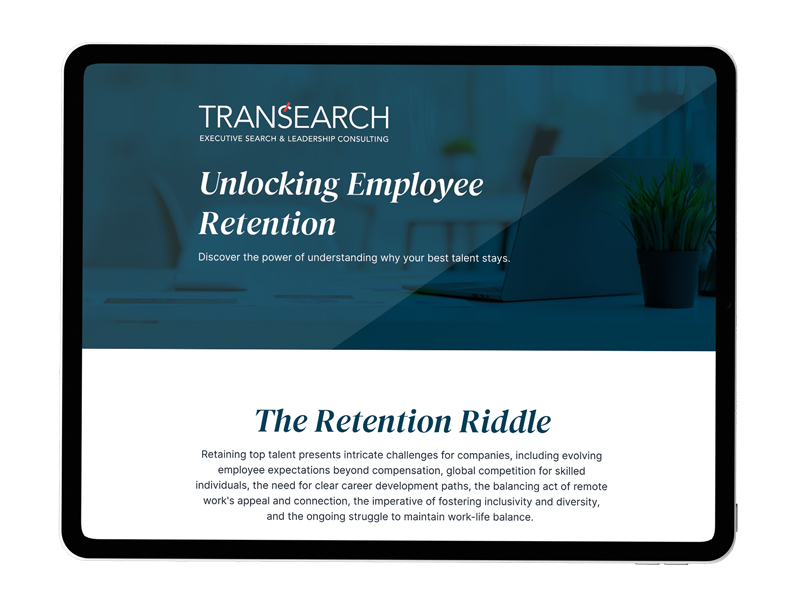During my 25+ years of executive search, learning why people join, stay or leave an organization has been my personal mission. I ask each candidate I meet about the Three C’s: Compensation, Culture and Challenge.
- Does your compensation match your value?
- Do you enjoy community at your job?
- Are you satisfied with the company’s purpose and are you empowered and encouraged to strive to achieve more?
Compensation: Making sense of the dollars and cents
According to a survey of hundreds of professionals, 71% of the people who feel they are paid fairly report being happy or very happy at work. People are much more likely to stay when paid commensurately for their skills, experience, and effort.
Culture: It’s all about the people
According to Meta Platforms or as we more commonly know it, Facebook, “A happy, supportive workplace energizes people…and boosts mood and concentration.” Indeed, when team members like their bosses, colleagues, and the overall environment, there’s a good chance they will report “liking their job” and be productive.
There are all kinds of data that link healthy cultures with happy, successful people and vice versa. A particularly compelling study found that companies with healthy cultures are more likely to retain their Gen Z employees. Research on the Fortune 100 Best Companies to Work For found that when employees enjoy their work experience, the businesses experienced reduced turnover, higher customer satisfaction and better financial results. So indeed, culture matters to individuals and organizations.
Challenge: “Love what you do and you’ll never work a day in your life”
Studies show how vital it is to feel challenged. One such report found that 61% of people who are engaged in their work are either challenged or very challenged. As the author of The Ordinary Leader Randy Grieser writes, “work in many ways is a classroom in which we should always be learning. Because of this understanding, I want our employees to constantly be able to increase their knowledge and skills, and to do work that encourages that.”
Do you feel confident about your team members’ answers to the Three C’s? Does your organization consider these issues during policy development? Why are these three pillars needed for retention and recruiting?
Let’s explore strategies to make each ‘C’ a colossal success to entice and keep the right leaders and team members.
1. How to decide what equals fair pay
While every person has their own unique value, companies must have well-defined compensation programs based on industry benchmarks. For example, companies in the renewables sector can refer to the Radford Global Compensation Database and the Mercer Total Compensation Survey, which contain industry compensation data for thousands of positions at hundreds of organizations across the U.S. Analyzing these types of databases will help firms determine fair compensation packages that are appropriate for current and future employees.
In addition to industry standards, companies should constitute their own pay datasets, evaluating such key details as skillsets, experience, education, cost of living, cost of labor, pay equity, career pathing, performance incentives and the like. Moreover, compensation should evolve with the times and the economy. Right now, with distributed workforces and red-hot inflation, it’s crucial for organizations to consult with their employees about pay, to ensure it aligns with the economic realities, as well as organization culture and values.
2. Build it right and they will come (and stay!)
There are many metaphors for the age-old saying ‘build it and they will come.’ A variation of the phrase became famous in the legendary movie Field of Dreams, when, on the brink of foreclosure, Kevin Costner’s character is urged by James Earl Jones to build a baseball diamond on the site of an old corn field because ‘people will come.’ In society, we often hear that if something of high quality is built, people will invariably come to live, work or play there.
Taking that a step further for renewable energy and power leaders, the details and vision that go into the design of nuclear power plants or solar panel facilities, for example, must also be dedicated to culture building. That means recruiting exceptional leaders – not only for their technical talents, but for their ability to connect with colleagues, to empower, empathize, inspire and build a flexible, people-centered culture that continuously evolves.
For example, in Georgia, during the height of the pandemic when social distancing was in full effect and personal protective equipment was mandatory, more than 7,000 workers completed the building of two advanced nuclear reactors. The American Nuclear Society notes the team-focused cultures of the companies that built the reactors was pivotal to the work being done so well. “The teamwork-centered approach that encourages dialogue and collaboration between leaders, regulators, and everyday employees… and an insistence on a strong safety culture, (was) the foundation of this…success.”
3. Help people find purpose and challenge – or watch them leave
McKinsey wrote a report dedicated to the importance of purpose and challenge at work. In a nutshell, the report found if organizations don’t provide purpose/challenges, people will run for the exits. If they do, then the opposite will come to fruition.
“People who live their purpose at work are more productive than people who don’t,” McKinsey writes. “They are also healthier, more resilient, and more likely to stay at the company.” Moreover, when employees feel that their purpose is aligned with the organization’s purpose, the benefits expand to include stronger employee engagement, heightened loyalty, and a greater willingness to recommend the company to others.
One of the advantages of working for renewable or clean energy firms is they focus on social value creation as their core mission, such as fighting climate change, which provides team members with an implicit altruistic purpose to work towards. Organization leaders in power, green energy and infrastructure, should also make a point of communicating to their team members the greater purpose of their work. Illustrate to colleagues that all the challenges of designing and building a new wind farm, or photovoltaic systems, for example, fundamentally improve people’s lives and makes the earth cleaner.
Final thoughts
Focusing on the three C’s will enable you to stand out from your competition. Offering competitive compensation, a welcoming and people-centric culture, as well as ensuring employees are challenged in their work will boost your chances of winning over the right leaders, who will stay with the organization for the long haul and make a transformative difference in the success of the business.
































